Question
Who among the following sits third to the left of
F? Study the following information carefully and answer the questions below: There are nine persons i.e. E, F, G, H, I, J, K, L and M are sitting in a triangular table such that three of them are sitting at the corner of the table and they are facing outside the table and two persons are sitting on each side of the table and they are facing inside the table. K and G are immediate neighbours of each other on the same side of the table. H sits third to the left of K. J sits two places away from H. E sits to the immediate right of J. Only one person sits between G and F who is not an immediate neighbour of K. L sits fourth to the right of I who is not an immediate neighbour of H.Solution
K and G are immediate neighbours of each other on the same side of the table. As per this statement, there are two possible cases and the arrangement will look like this: Case-1 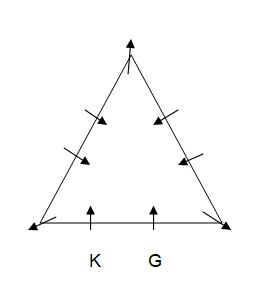 Case-2
Case-2 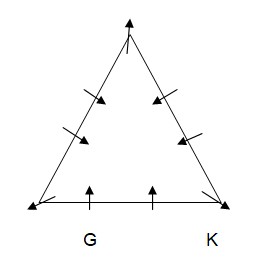 H sits third to the left of K. As per this statement, the arrangement will look like this: Case-1
H sits third to the left of K. As per this statement, the arrangement will look like this: Case-1 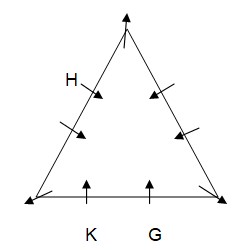 Case-2
Case-2 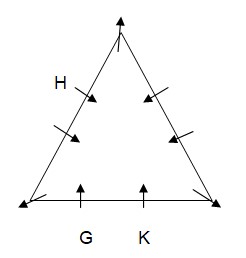 J sits two places away from H. As per this statement, CASE I will further get spilt into one more case and the arrangement will look like this: Case-1
J sits two places away from H. As per this statement, CASE I will further get spilt into one more case and the arrangement will look like this: Case-1 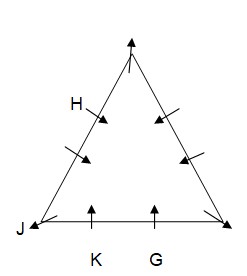 Case-1A
Case-1A 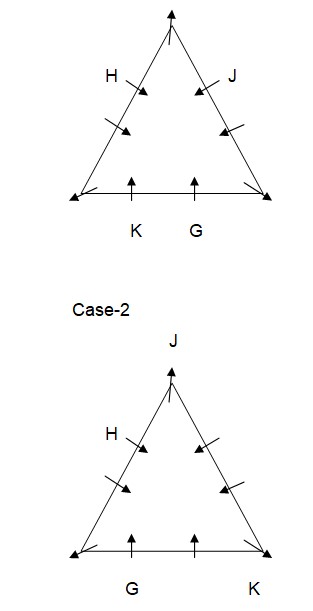 E sits to the immediate right of J. As per this statement, the arrangement will look like this:
E sits to the immediate right of J. As per this statement, the arrangement will look like this: 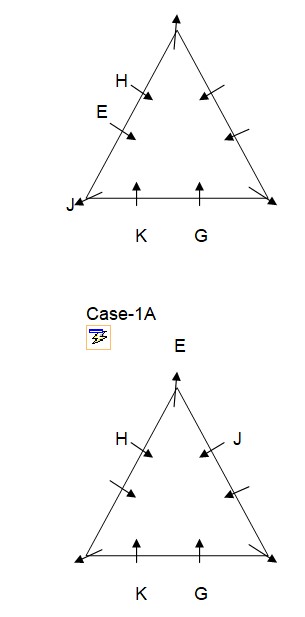 Case-2
Case-2 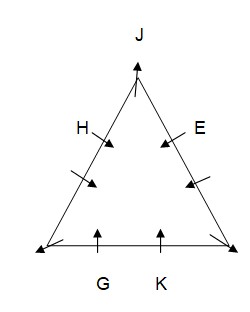 Only one person sits between G and F who is not an immediate neighbour of K. As per this statement, CASE II will get eliminated and we will continue with CASE I and CASE I (A) and the arrangement will look like this: Case-1
Only one person sits between G and F who is not an immediate neighbour of K. As per this statement, CASE II will get eliminated and we will continue with CASE I and CASE I (A) and the arrangement will look like this: Case-1 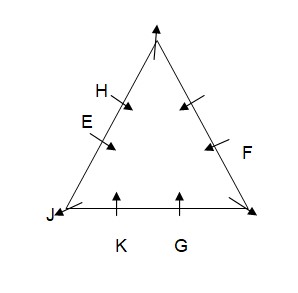 Case-1A
Case-1A 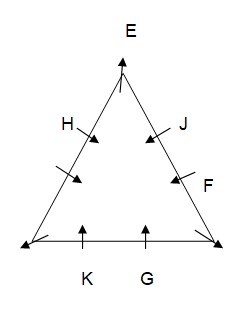 L sits fourth to the right of I who is not an immediate neighbor of H. As per this statement, CASE I will get eliminated and we will continue with CASE I (A) and the final arrangement will look like this: Case-1A
L sits fourth to the right of I who is not an immediate neighbor of H. As per this statement, CASE I will get eliminated and we will continue with CASE I (A) and the final arrangement will look like this: Case-1A 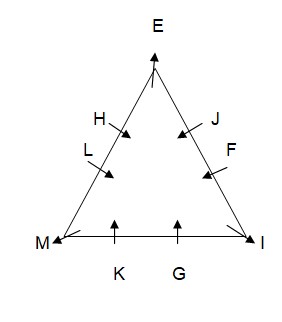
If in a right angle triangle ABC, Angle B is a right angle. AB = 20 cm, BC= 21 cm if BD is perpendicular to AC find the length of BD?
Find the area of triangle having sides 7 m, 24 m, and 25 m.
If O is the orthocentre of ΔABC , if ∠ BOC = 1000 then what is the measure of ∠ BAC?
In ΔABC, PQ is parallel to BC If AP: PB= 3:5 and AQ= 3 cm, AC is equal to?
In ∆ABC , G is the centroid , AB = 12 cm, BC= 16 cm and AC = 20 cm , find GD, where D is the mid-point of BC?
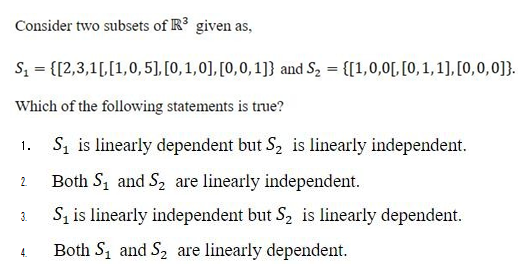
In ∆ABC, AB = 5cm, BC = 10cm, and AC = 13cm then find out the value of cos A.
- Length of a chord in a circle of radius 'r' cm, is 18 cm and distance between chord and centre of the circle is 40 cm. Find the value of (3r + 7).
If O is circumcentre of acute angled triangle ABC, if ∠ OBC = 150 then ∠BAC = ?
In ∆ABC, AB = 5cm, BC = 6cm and AC = 10cm then find out the value of cos A?
Relevant for Exams:


